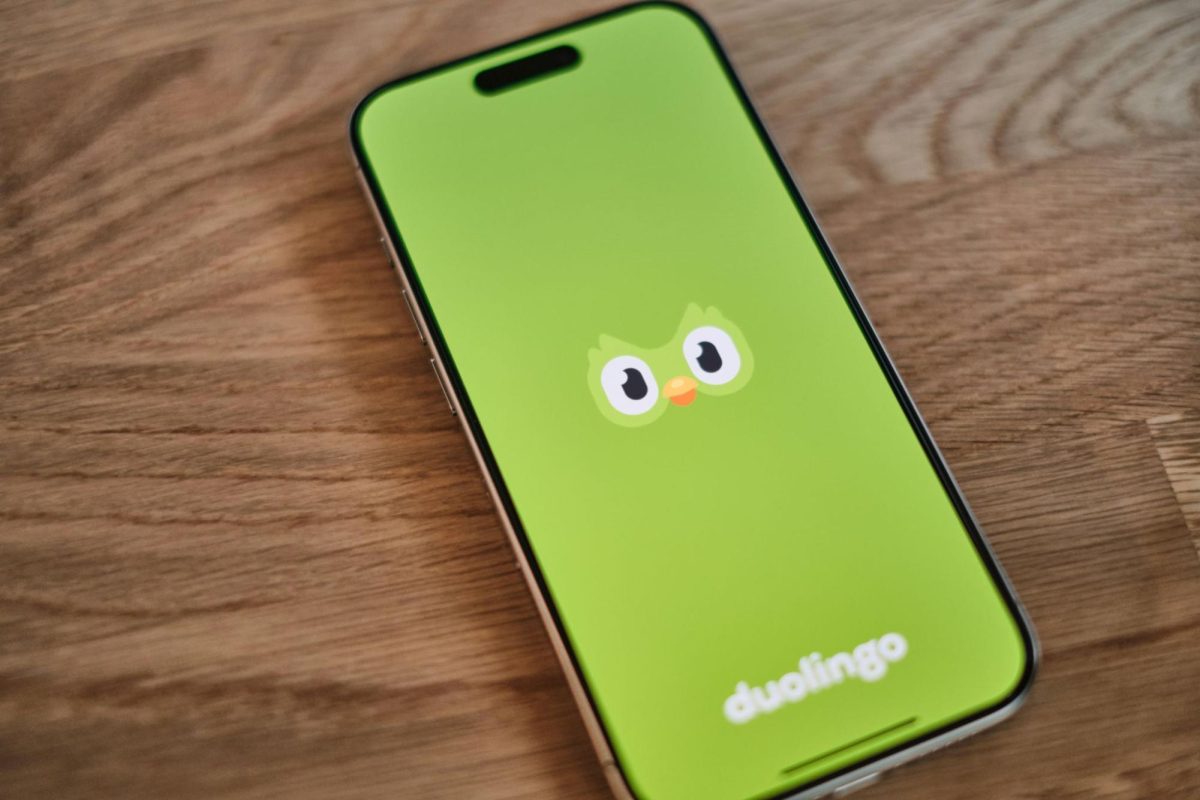Duolingo ranks as one of the most well-known language-learning apps. In fact, it boasts a shocking 34 million daily active users, which extends to 100 million active users monthly. The platform provides an immersive learning experience through gamification, with the leaderboard aspect fostering a fun, competitive environment, simultaneously emphasizing the learning of new languages while engaging its users.
Offering more than 40 different languages for English speakers, including Spanish, French, and Japanese, it allows for extensive learning and is often portrayed as the ‘go-to’ app when traveling to a new country.
Since its launch in 2012, Duolingo has become one of the most iconic apps there are. The app continues to promote this popularity through its owl mascot, Duo, who is known for their passive-aggressive threats which appear both in notifications and on social media. The remarks come across as humorous, while also prompting users to return to the app daily—and, for the most part, it works.
Although Duolingo has many positives, the cons are frequently overlooked.
Firstly, Duolingo primarily focuses on translation. Although translation can be helpful with learning new vocabulary, it alone does not further one’s fluency in a language.
According to author and linguist, John Fotheringham, the problem with an emphasis on translation is that it “is not how our brains actually learn to understand and produce a language.”
Becoming fluent in a foreign language requires listening to native speakers’ pronunciations, but sometimes Duolingo’s pronunciations are wrong, such as the pronunciation of certain Chinese and Japanese characters.
In addition, learning a language requires cultural context, which Duolingo lacks. Sometimes, a word may be expressed differently in countries that speak the same language. Take, for example, the francophone countries. The number “70” is expressed as “soixante-dix” in France, but in Belgium, the phrase “septante” is used. Duolingo causes learners to overlook these slight language differences, which can confuse learners when they travel to the countries of their target language.
Furthermore, idioms used in languages would, when translated, make little sense to foreign learners. For instance, take the English saying “break a leg.” Without proper cultural context, learners would not be able to fully understand the meaning of this phrase.
Thus, when conversing with speakers, they may misunderstand certain phrases or cultural contexts. The platform also teaches words and sentences that are seldom used, meaning that in real-life conversations, individuals are unable to converse with native speakers effectively.
On the technical side of the app, some of Duolingo’s features, such as the streak mechanism, have sparked controversy over the years. This ‘streak’ portion is strikingly similar to strategies employed by popular social media apps such as Snapchat, to induce the habit of going back to the app daily.
The streak portion has had mixed psychological effects on students at Wilton High School with one freshman student, Moon Zhang, reporting that the streak aspect “gave [her] motivation to learn,” and “reminded [her] of the importance of setting goals and of taking small steps to achieve them.”
Despite this, however, not all reactions toward Duolingo have been positive. Alyssa Bi, a freshman, responded that she did not know whether or not to quit Duolingo.
“Doing Duolingo every day can be exhausting sometimes, especially after having tons of homework assignments,” Bi explains. “At some point, it started feeling like more of an obligation than something I was doing for fun.”
Bi said that it felt like Duolingo emphasized “short-term memory learning” over “long-term memory learning,” feeling that the app is not as effective as advertised. In the end, she quit Duolingo and has not gone back since.

Additionally, an anonymous freshman said that after she stopped doing Duolingo daily, the app kept sending her notifications, sometimes totaling more than three daily notifications.
Clearly, the persistence of Duolingo is the attempt to get you back on the app, under the guise of language-learning. Once on the app, Duolingo is able to display countless ads promoting its products. Again, this is a similar feature of social media apps.
Duolingo is evidently a controversial app that misses out on several key features of learning a language, with its tendency to lean toward direct translation. Its gamification tactic may also decrease the learner’s motivation, rather than the desired effect.
While Duolingo may not be the ‘perfect’ app for learning a new language, the app undergoes new improvements occasionally and can act as a starting point for individuals, allowing them to practice basic vocabulary before advancing on to more complex material.
Nevertheless, individuals should use other language-learning platforms and strategies alongside Duolingo in order to gain a more comprehensive understanding of their target language and should immerse themselves in the language’s culture.


